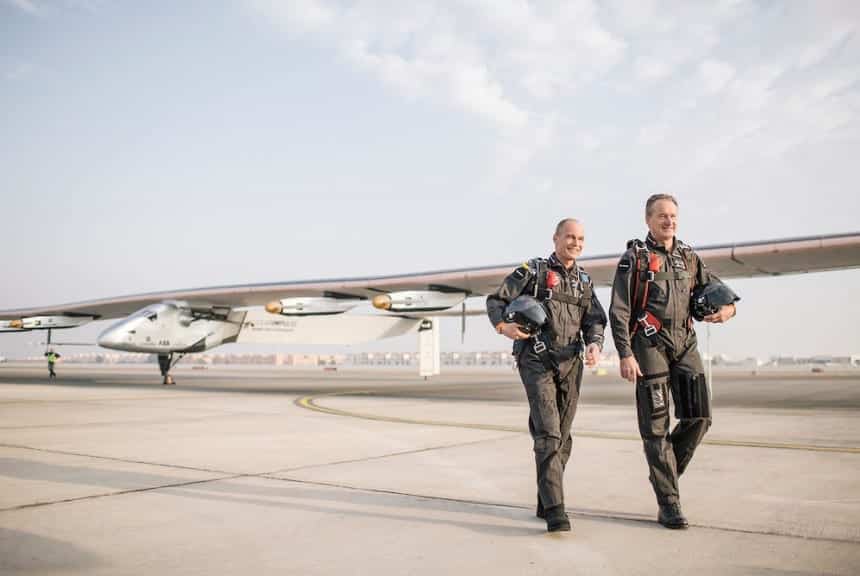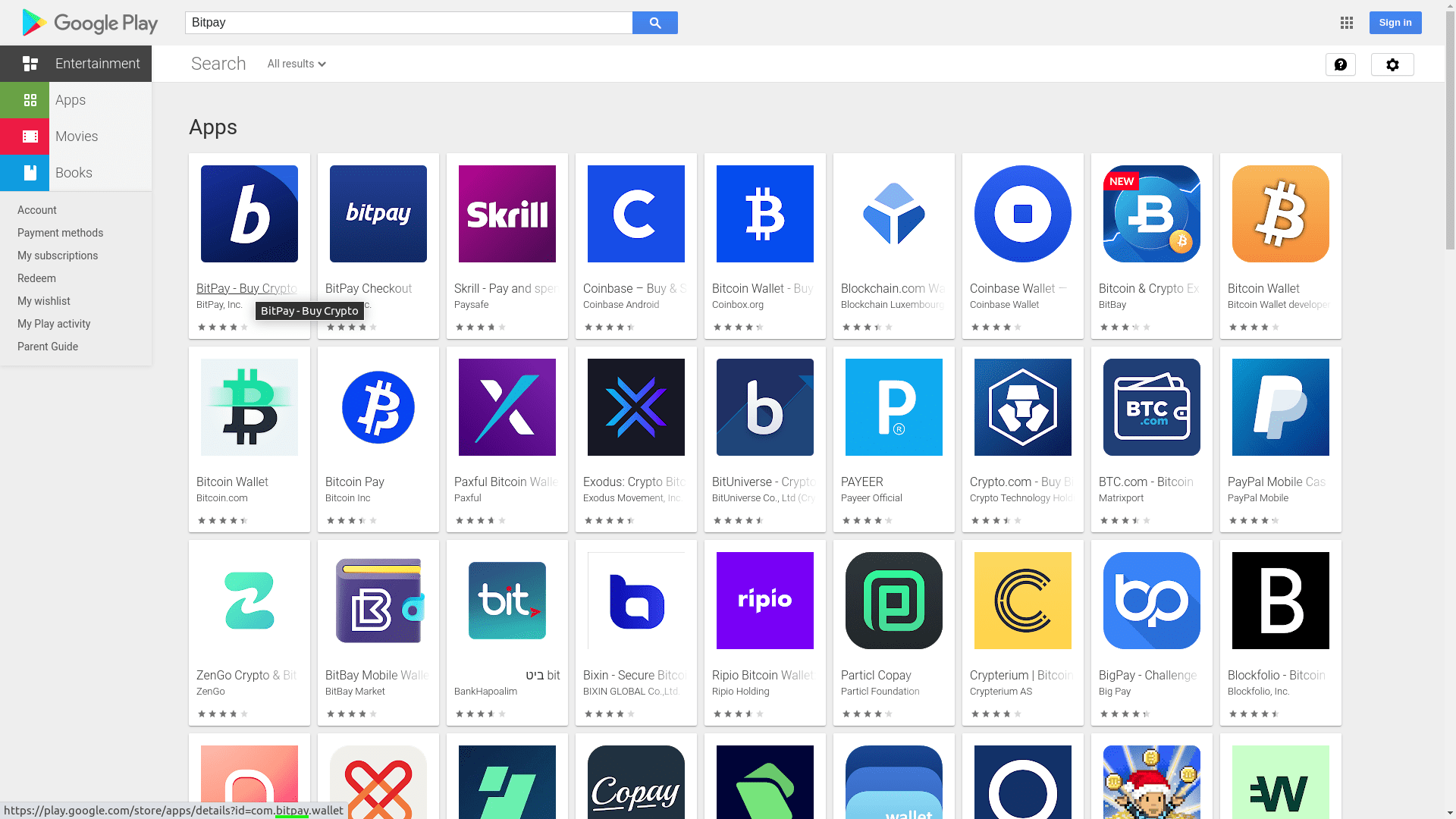In February or March 2015, the Solar Impulse 2 will begin its flight around the world in Abu Dhabi, UAE in late February or March. It will return in late July or August 2015. The Solar Impulse 2 (Si2) is a battery-electric plane powered by an array of solar panels mounted on its wings. The batteries keep it going at night, while solar panels keep it going during the day. The Solar Impulse 2 generates its thrust using four electric fans, two are mounted on each wing.
The following stops will be made:
- Muscat, Oman.
- Ahmedabad and Varanasi, India.
- Mandalay, Myanmar.
- Chongqing and Nanjing, China.
After crossing the Pacific Ocean, the following stops will be made:
- Phoenix.
- New York City (at JFK).
The stops have not been set in stone.
According to the Solar Impulse website:
‘The route includes stops in Muscat, Oman; Ahmedabad and Varanasi, India; Mandalay, Myanmar; and Chongqing and Nanjing, China. After crossing the Pacific Ocean via Hawaii, Si2 will fly across the Continental U.S.A. stopping in three locations – Phoenix, and New York City at JFK. A location in the Midwest will be decided dependent on weather conditions.’
‘After crossing the Atlantic, the final legs include a stop-over in Southern Europe or North Africa before arriving back in Abu Dhabi. Solar Impulse unveiled the flight path in Abu Dhabi alongside partner representatives. This included main partners Solvay, Omega, Schindler and ABB. They were also joined by official partners Altran, Bayer, Google, Swiss Re Corporate Solutions, Swisscom and Moët Hennessy alongside Solar Impulse’s host partner Masdar, Abu Dhabi’s renewable energy company. ‘
[yframe url=’https://www.youtube.com/watch?v=yUpyuORoB8o’]
People often doubt solar-powered devices in general because they ‘don’t work at night’. As is the case with any other energy source, properly sized solar systems generate surplus energy and which can be stored. The energy storage medium of choice for solar-powered vehicles is usually batteries, which have a higher energy density than most energy storage technologies. Solar panels are not the risky technology some know them to be.
They are quite reliable with energy storage, especially because the sun rises every day (they generate electricity when it is cloudy too) and solar panels are virtually maintenance-free. As for this plane, which will fly through multiple time zones, I’m not sure how it will handle that, although it’s unlikely that they Solar Impulse team overlooked that. This flight will probably be successful.
The Solar Impulse 2 is not a passenger plane like the Boeing 737 or Airbus A380, but it will take mankind a step closer to solar-powered passenger planes. All technologies have to start somewhere, and fortunately, the Solar Impulse project has done multiple successful solar-powered test flights. The future of solar energy is bright!
High-energy density battery technology and solar arrays which generate more electricity per square metre of panels are on their way, this will enable future Solar Impulse planes to travel at a higher speed and carry more passengers without compromising their range too much. The Solar Impulse 2 currently flies at 36 km/h (22 mph) to 140 km/h (87 mph). That isn’t terribly fast, but it will improve.
Image obtained with thanks from Solar Impulse.
Source: Solar Impulse.







